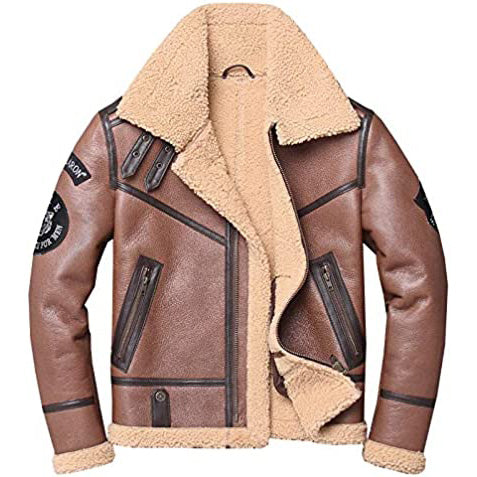Leather Basics: What Is Leather Embossing? How To Emboss Leather?
Leather, with its timeless appeal and versatility, has been a material of choice for crafting various items, from fashion accessories to furniture. One intriguing aspect of leathercraft is embossing, a technique that enhances the aesthetics of leather goods. In this article, we will explore the world of leather embossing, uncovering what it is, how it works, and the steps to emboss leather effectively.
Understanding Leather Embossing
What Is Leather Embossing?
Leather embossing is a decorative technique used to imprint patterns, designs, or textures onto the surface of leather. It involves creating a raised or recessed impression that adds character and uniqueness to the leather item. Embossing is a popular choice for personalizing leather goods and giving them a distinct, custom look.
The Art of Embossing
Embossing is a skillful art form that requires precision and creativity. Craftsmen use specialized tools and equipment to apply pressure to the leather, transferring the chosen design onto its surface. This process not only enhances the appearance of the leather but also adds tactile interest to the item.
How To Emboss Leather
Gather Your Materials
Before embarking on a leather embossing project, gather the necessary materials, including:
- Leather Piece: Choose the type of leather you want to emboss, ensuring it's clean and well-prepared.
- Embossing Design: Select a design or pattern that you wish to emboss onto the leather.
- Embossing Tools: Invest in quality embossing tools, which typically include embossing stamps or rollers.
- Mallet or Press: Depending on the complexity of your project, you can use a mallet for small-scale embossing or a press for larger pieces.
Prepare the Leather
Ensure your leather is clean, dry, and free from any dust or debris. If it's not already cut to size, trim it to your desired dimensions. It's essential to work with smooth, taut leather to achieve the best embossing results.
Transfer the Design
Place your chosen design or pattern onto the leather's surface. You can use a stencil or trace the design by hand. Make sure it is aligned correctly and secure it in place to prevent any movement during the embossing process.
Emboss the Leather
Using your embossing tool of choice, apply even pressure to the design. For embossing stamps, strike them firmly with a mallet. For embossing rollers, roll them across the leather surface evenly. Ensure you cover the entire design area to create a consistent impression.
Finishing Touches
Once you've completed the embossing process, carefully remove the design template or stencil. Inspect the embossed pattern for any imperfections or missed areas. If needed, reapply pressure to those sections to achieve uniformity.
Optional Steps
Depending on your project's requirements, you can further enhance the embossed design by dyeing or staining the leather, adding depth and contrast to the pattern. Finish by applying a leather conditioner or sealer to protect and preserve the embossed leather.
Conclusion: Unleash Your Creativity with Leather Embossing
In conclusion, leather embossing is a fascinating technique that allows artisans and craft enthusiasts to infuse their leather goods with personality and style. Whether you're embossing your initials on a wallet or creating intricate designs on a belt, mastering the art of leather embossing opens up a world of creative possibilities. So, gather your materials, choose your design, and embark on your leather embossing journey, where your imagination is the only limit to what you can create.




